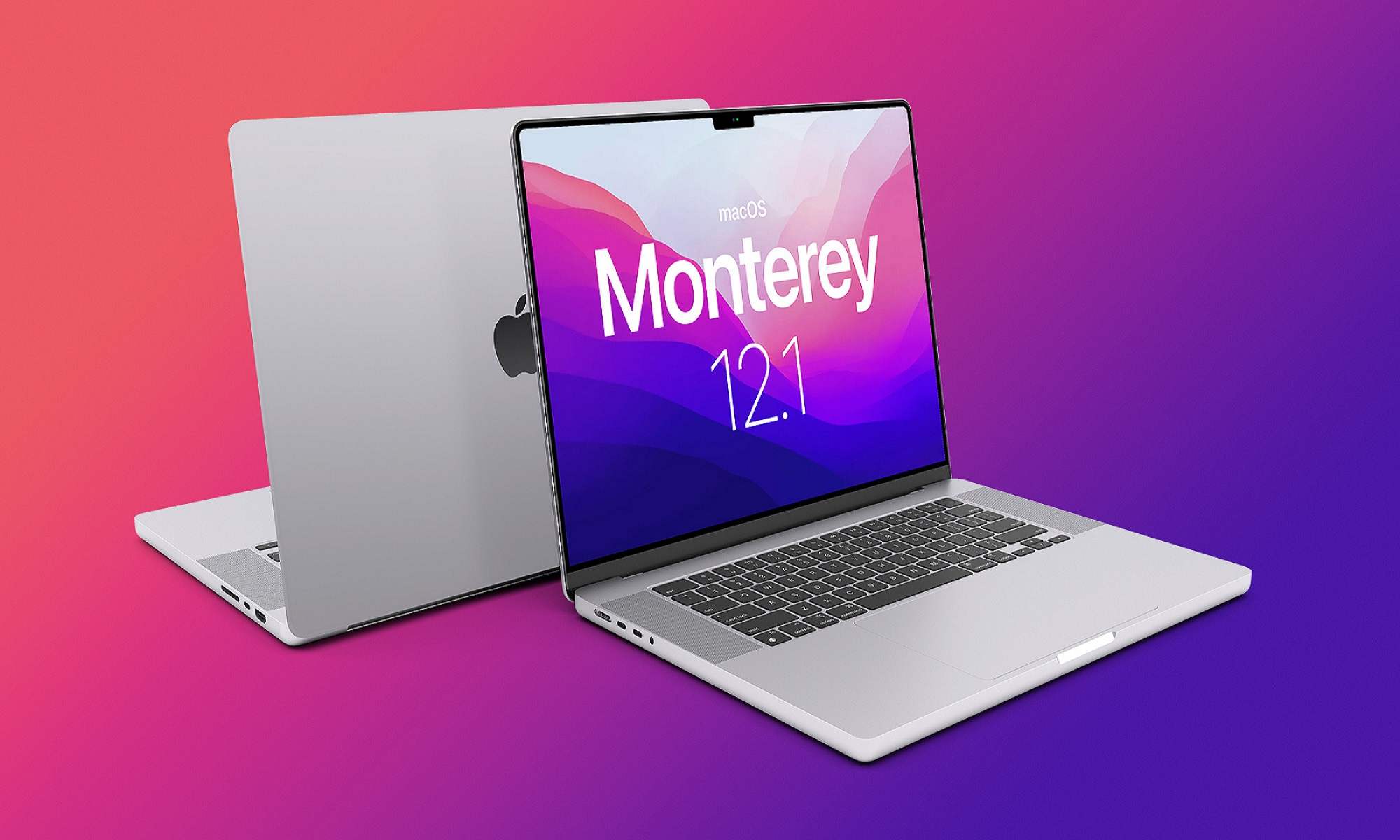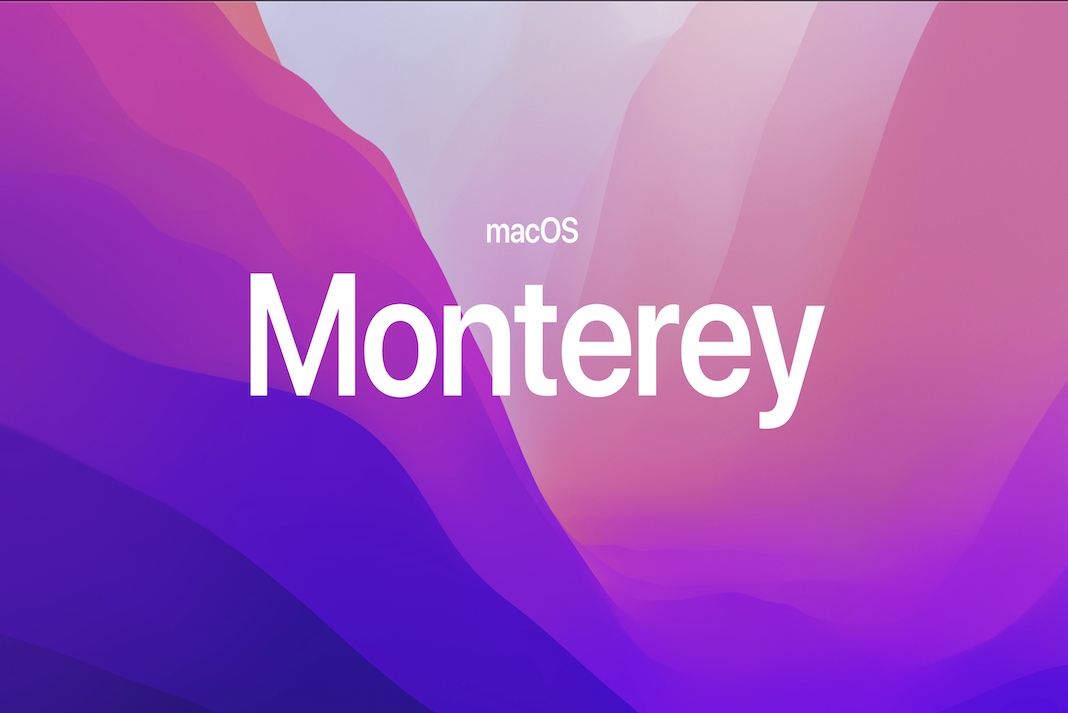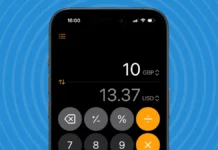The latest version of the Mac operating system is called macOS Monterey. Version 12 was introduced at WWDC21 and now is available to the general public. Apple has released the 12.3 release candidate to developers. This includes support for universal control, which lets you see a single mouse and keyboard between your Mac and iPad.
macOS brings a boatload of new features to the mac. From big new features like Share play to handy small touches like shortcuts, there’s a lot to explore in the new Mac operating system from Apple.
We’re here to show you some of the best macOS Monterey tips and tricks and features. Each one will help you get even more from your Mac and all the new tricks up to its sleeve.
Apple always slips in a few nifty features and hides them in almost every iteration of macOS. Sometimes these tips & tricks and features are hidden in plain sight but most of the time these tips and tricks are buried deep in settings. Here are the best macOS Monterey tips and tricks you should try.
Also read: Tips To Speed Up Mac After Installing macOS Monterey

Content
- Use Focus Mode
- Use shortcuts
- Click to save photos in Messages
- Change mouse pointer color
- Manage APFS Snapshots in Disk Utility
- Test network quality
- Protect mail activity
- AirPlay to Mac
- Hello Screensaver
- Use the inbuilt Password manager
- Use Tab Groups in Safari
- Tags in Apple notes
- Create Smart folder in Apple Notes
- Convert image quick action
- Change QuickTime Playback speed
- Compact Safari Tab bar
- Erase contents and Settings
- Low Power Mode
- Turn off Shared with you with some specific contacts
- Add links to Quick Notes
- Memoji user profile
- Select Text in Quick Look Previews
- Blur your Background on a FaceTime call
- Maps interactive globs
- FaceTime Links
- Spot Mic and camera access
- Offline Dictation
- Full keyboard access
- View file path
- Go to folder window
Also Read: How To Optimize MacOS Monterey
Now let’s discuss these tips & tricks or features in detail:
Use Focus Mode
If you’re tired of receiving notifications while you’re trying to get work done. this macOS Monterey trick will automatically block certain notifications and messages during certain times of the day. You can set up different focus modes for different activities. And these modes will work across all your Apple devices at once.
You can create multiple Focus profiles such as writing, coding, and make relevant changes in the Focus profile to let only work apps and contacts send notifications.
To set up focus mode, click the Apple icon in the upper left corner of your screen and select System preferences. Then click Notifications & Focus and the Focus tab at the top of the window. Finally, select one of the focus modes in the left sidebar or click the plus sign at the bottom to create a new focus mode.
2. Use Shortcuts
Shortcuts automation is designed to simplify repetitive tasks. After updating to the macOS Monterey. You will find the Shortcuts app installed in the Application Menu.
The Mac Shortcuts app lets you automate the things you do most often. In doing so, you can save a lot of time by turning multiple steps into just one. For example, with the Shortcuts editor, you can connect your go-to apps and services. From there, you can run them from your Dock, menu bar, the Finder, Spotlight, or with Siri.
3. Click to save photos in Messages
That’s a good chance you’ll want to save the photos you receive in the Messages app to your photos Library, and macOS Monterey makes this easier than ever.
You no longer have to right-click or open the image to save it. Simply click the Save to photos button to the right of the image instead.
4. Change Mouse pointer color
Apple has made it possible to change the color of the mouse pointer from the standard while outline and black fill, to pretty much any color combination you want.
To do so, go to the Settings Preferences > Accessibility. Then click Display in the left column. Click the Pointer outline color and Pointer fill color settings. Click the color swatch to choose a custom color from the palette that appears. You can always click Reset to revert to the default colors.
5. Manage APFS Snapshots in Disk Utility
In the macOS Disk Utility app, you now have the access to individual APFS drive snapshots. An APFS snapshot is a read-only copy of its parent APFS volume, taken at a particular moment in time, and you can maintain these snapshots and copy items from them, provided you know what you’re doing.
To view them as a list, simply select a volume and choose View > Show APFS Snapshots from the menu bar. The fixed order list shows you the name, creation date, and the cumulative size of each Snapshot, while the most recent Snapshot has a partition symbol beside its “Tidemark”. Select a snapshot from the list and you can right-click or use the ellipsis button at the bottom left corner of the list to mount the Snapshot, rename it, and delete it.
6. Test network Quality
It’s now possible to measure the equality of your Mac’s internet connection directly from within macOS Simply open a Terminal window and type networkQuality into the command prompt.
7. Protect Mail activity
In the Mail app, a new feature called Mail Privacy Protection prevents senders from using invisible pixes to collect information about it. It does this by preventing senders from knowing when you open their email and masks your IP address so that it can’t be linked to your other online activity or used to determine your location.
8. AirPlay to Mac
In Monterey, you can AirPlay content from an iPhone or iPad straight to your Mac, or even from one Mac to another Mac. Start playing a song/podcast or video on your iPhone or iPad, tap the AirPlay icon in the app’s media playback interface, and then select your Mac from the list of Airplay devices.
9. Hello Screensaver
The Hello screen saver cycles through various colors, and there are several themes to choose from including Soft Tones, Spectrum, and Minimal. By default, the screen saver will display “Hello” in multiple languages, but you can force it to use only your native language by toggling off Show ‘hello’ in all languages in the Screen Saver Options. A match system appearance toggle is also available for use to match light and dark mode preferences.
10. Use the Inbuilt Password Manager
With macOS Monterey, there is a Dedicated Password Section in System Preferences and a Built-In Authenticator. You can find this in the system preferences which has a new section called Passwords that houses all of your iCloud Keychain logins and passwords so they’re easier to get to, edit and manage. You can also import and export passwords. Monterey also brings an in-built authenticator for sites that use codes as 2FA, the in-built feature will now automatically fill the backup codes when you log in and are stored in the iCloud keychain.
11. Use Tab groups in Safari
Safari in macOS Monterey now features the long-awaited “Tab Groups” to let you organize tabs to your heart’s liking. So, if you want to put an end to chaotic tabs management, simply use tab groups in Safari on macOS Monterey.
Open Safari, select relevant tabs and give the tab group a name such as Shopping, Social, etc. You can create multiple tab groups and navigate through them without feeling lost in the browser
12. Tags in Apple Notes
macOS Monterey brings a natural system for adding tags to your notes. This means that in order to tag a note, all you need to do is type in a hashtag followed by the tag label. You can do this naturally while typing and place them wherever you want in the text, making it less intimidating and time-consuming.
13. Create Smart Folder in Apple notes
This macOS Monterey trick lets you create a Smart Folder in Apple Notes and add a condition with tags. For example, you can create a Smart Folder with the name of a bank and set it up to include notes carrying #finance, #creditcard, etc., in it.
14. Convert Image into Action
To use the Convert Image Quick Action, right-click (or Ctrl-click) an image file and then select Quick Actions -> Convert Image. Choose your settings in the dialog that appears, then hit Convert. You’ll also see the Quick Action in the Finder preview pane when viewing images.
15. Change QuickTime Playback speed
In macOS, you can now adjust the playback speed of the video in Apple’s native QuickTime Player.
Simply click the chevrons in the bottom-right corner of the media controls overlay and select your preferred speed from 0.5x to 2.0x.
16. Compact Safari Tab bar
However, if you liked the Compact tab bar design, you can find it as an option in Safari > Preferences.
Click the Tabs tab and select Tab Layout: Compact to turn on the original compact tab bar that merged everything together.
17. Erase Content and Settings
Click the Apple symbol in the menu bar and select System Preferences. When the preferences pane appears, select System Preferences > Erase All Content and Settings from the menu bar, and then follow the onscreen instructions provided by the Erase Assistant.
Also Read: [FIXED] ‘Not Enough Space for macOS Monterey’ Error
18. Low Power Mode
In macOS Monterey, Low Power Mode reduces the system clock speed and the display brightness of your Mac in order to extend battery life. So if you’re doing less intensive tasks like watching videos or browsing the web, you can turn it on to eke even more out of your Mac’s battery.
Open System Preferences and click the Battery pane. Then, in the sidebar, select Battery, and check the box next to Low power mode.
19. Turn off Shared with you with some specific contacts
You may not want content shared by a particular person appearing in other apps, in which case you can turn it off for individual contacts. To do so, select the conversation thread in Messages, click the info (i) icon in the top-right corner, and uncheck the box next to Show in Shared with You.
20. Add Links to Quick Notes
Quick Notes can also detect the app you’re currently using or that you just recently used, and provides a dropdown menu at the top of the editor window from which you can add a link to the specific message you’re viewing in Mail, or the website you were just viewing in Safari, for example. When a note includes such a link, you can just click the link and you’ll be taken directly to the related content.
21. Memoji User Profile
In macOS Monterey, you can use an animated Memoji as your Mac user profile instead of a standard static image. Go to System Preferences > Users & Groups, and then hover your pointer over the circled profile picture and click edit. There you’ll find a full gallery of Memoji characters, including any you’ve made yourself, and you can customize them in various ways, right down to the frames of their glasses and the clothes they’re wearing.
Next time you log in to your Mac, you’ll see your animated Memoji avatar there to welcome you. And if you get your login password wrong a few times, just watch the expression on their face go from mildly irritated to irate. If you leave them hanging, they may even take a nap.
22. Select Text in Quick Look Previews
For whatever reason, Apple in previous versions of macOS removed the ability to select text in a document when viewed in Quick Look for copying/pasting elsewhere. In Monterey, however, this ability has quietly, and happily, been reinstated. Not only that, Apple’s Live Text feature means the text you select needn’t be in a document – you can also highlight text displayed in a photo and perform different tasks on it, such as translation and web search.
23. Blur your Background on a FaceTime call
In macOS Monterey, Apple has brought several enhancements to FaceTime, including Portrait mode in video calls. With this mode enabled, you can blur your background so that the focus is on you rather than what’s behind you.
To enable it, open FaceTime, then click the Control Center icon in the menu bar and select Video Effects > Portrait Mode.
24. Maps interactive globs
In previous versions of Maps, zooming out would present you with a flat world map, but the new globe view gives you a three-dimensional view of Earth from space that’s a lot more fun to navigate. You can drill down into areas, where you’ll find more detailed information on vast geological features like mountain ranges, deserts, forests, and oceans.
25. FaceTime Links
Simply click Create Link in the FaceTime interface, and then select a method of sharing your link from the Actions menu, e.g. over Messages or Mail. Once you’ve sent the link and the recipient opens it, they’ll be directed to a webpage where they can enter their name to join the conversation. Once they’ve joined the call, they’ll have the usual FaceTime options to mute their microphone, disable video, switch the camera view, and leave the call.
26. Spot Mic and camera access
Like in iOS, a green dot means an app is currently using the camera, while an orange dot means an iOS app is currently using the microphone. If you click the Control Center, you’ll see which app is responsible for using the camera or mic. This way, they can’t be accessed in the background without your knowledge, and you can be sure that apps aren’t sneakily recording conversations or videos.
27. Offline Dictation
With keyboard dictation, you can dictate text anywhere you can type it, and the feature improves the more you use it, personalizing over time. The Start Dictation command can be found in the Edit menu of text-based apps.
28. Full keyboard access
These settings can be found in System Preferences > Accessibility > Keyboard.
29. View file path
In Finder, you can now press the Option key while holding the pointer over a file or folder to momentarily show the path bar, so you can easily see where the file or folder is located.
30. Go to folder window
It’s easy to miss, but Monterey includes an enhanced version of the Go to Folder menu bar option in Finder (Go > Go to Folder).
Instead of a dialog, the command brings up a Spotlight-style floating search bar that features a vastly improved auto-complete engine and even a Recents list.




































